Carl Zimmer's Blog, page 120
June 17, 2009
Of Birds and Thumbs
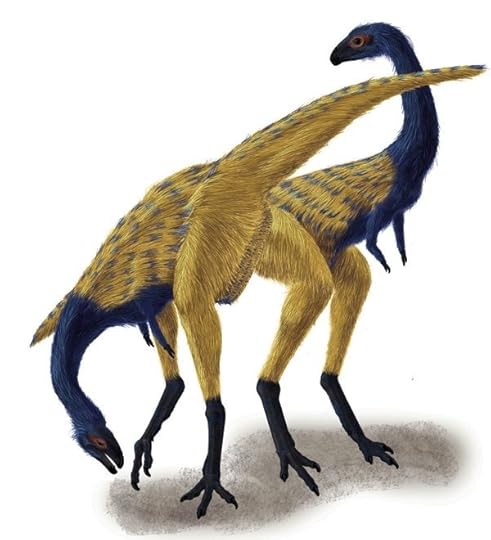 Meet Limusaurus. It is not–I repeat NOT–the missing link between anything. And yet it is still an important fossil that may help us understand how birds evolved from dinosaurs.
Meet Limusaurus. It is not–I repeat NOT–the missing link between anything. And yet it is still an important fossil that may help us understand how birds evolved from dinosaurs.
The recent splash about a certain fossil primate has revealed yet again just how much a lot of people (sadly, including a lot of journalists) want to cling to the notion that paleontologists are only interested in missing links–which, I guess, are supposed to be the direct ancestors of some living group of organisms that a
June 16, 2009
Radiolab: The Noise and Sloppiness of Life
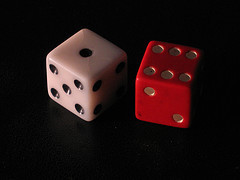 Not too long ago I was interviewed for episode of the radio show Radiolab. Jad Abumrad and Robert Krulwich led me to a windowless cubicle where they then grilled me for a long, long time. From that interrogation, they produce a medley in which I say:
Not too long ago I was interviewed for episode of the radio show Radiolab. Jad Abumrad and Robert Krulwich led me to a windowless cubicle where they then grilled me for a long, long time. From that interrogation, they produce a medley in which I say:
“Sloppy, sloppy, noisy, chaos, jumble, chance, sloppy, sloppy…”
Fortunately, they also saved a little more of our conversation, which was on a topic near and dear to my heart: the noisiness of life. It’s a subject I discuss at some length in my book M
June 15, 2009
The Science of Zoning Out
[image error]Mind wandering is the subject of my new column for Discover. Far from just useless mental static, mind-wandering actually creates a distinctive pattern of activity in our brains–a pattern that suggests that it may actually be playing a crucial role in our mental life. Check it out.
June 14, 2009
A Million Ankles And You’ve Got A Laptop [Science Tattoo]
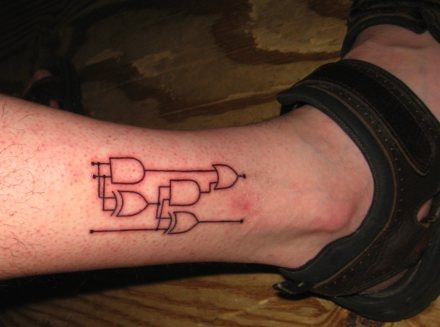 Benjamin writes, “The tattoo on my ankle is of a one-bit binary full adder. It one of the most basic building blocks of all computer chips. The flow of binary state would be from left to right as oriented in the picture.”
Benjamin writes, “The tattoo on my ankle is of a one-bit binary full adder. It one of the most basic building blocks of all computer chips. The flow of binary state would be from left to right as oriented in the picture.”
June 12, 2009
Update: Manahatta at the World Science Festival at a New Location Sunday
[image error] As I mentioned earlier, as part of the World Science Festival, I’ll be talking Sunday with Eric Sanderson, an ecologist who has just published the book Mannahatta: A Natural History of New York City, based on his remarkable project to map out the ecosystems of New York on the eve of the arrival of Europeans. We’ll be at the Author’s Corner, which is now in a different location: The Discovery Theater, on the 8th floor of the Kimmel Center at NYU on Washington Square. Here are the details and a m
June 11, 2009
Swine Flu Science: First Wiki, Then Publish
 Here’s a vision of how science may work in the future.
Here’s a vision of how science may work in the future.
Last month I scrambled to write a story about the evolution of swine flu for the New York Times. I talked to some of the top experts on the evolution of viruses who were, at that very moment, analyzing the genetic material in samples of the virus isolated around the world. One scientist, whom I reached at home, said, “Sure, I’ve got a little time. I’m just making some coffee while my computer crunches some swine flu. What’s up?”
All of the sci
June 10, 2009
Darwinius: Science, Showbiz, and Conflicts of Interest
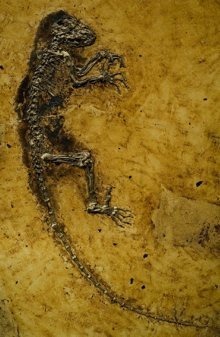 The story of Darwinius masilae continues…
The story of Darwinius masilae continues…
In our previous chapter, we noted that the scientists who described this fossil claimed “no competing interests exist,” ignoring the fact that the fossil was the center of a spectacular media circus that included a heavily financed TV documentary. I contacted Peter Binfield of PLOS One, where the paper was published, and asked for a comment. He said he was contacting the authors and would get back to me.
He has.
The paper is going to be formally corrected,
June 9, 2009
Your Inner Blob
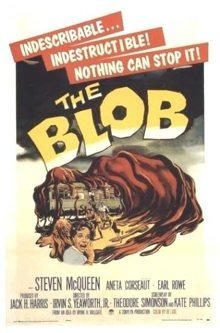 Yesterday, I wrote about how snakes use their scales to help them crawl without legs. But what if you don’t have bones–what if you’re just a single cell? I’ve always been fascinated by how cells crawl about, like minuscule versions of The Blob. I recently had an excellent time talking to some of the scientists who are figure out what goes on inside cells when they go from point A to point B. And that’s the subject of my article in today’s New York Times. Be sure to check out the video and graphi
Yesterday, I wrote about how snakes use their scales to help them crawl without legs. But what if you don’t have bones–what if you’re just a single cell? I’ve always been fascinated by how cells crawl about, like minuscule versions of The Blob. I recently had an excellent time talking to some of the scientists who are figure out what goes on inside cells when they go from point A to point B. And that’s the subject of my article in today’s New York Times. Be sure to check out the video and graphi
June 8, 2009
How To Be A Snake [Life in Motion]

If you stroke a snake, its skin feels slick and slippery. Yet according to a new study by scientists at Georgia Tech, snakes actually depend on friction to move.
Snakes crawl by contracting the muscles that run along their body and pushing against the ground. Recently David Hu and his colleagues took a close look at that snake-surface interface. They anesthetized snakes and lay them on a board. By tipping one end of the board, they could see how well a snake’s body could hold onto the surface tha
June 7, 2009
The Guardian of the Genome [Science Tattoo]
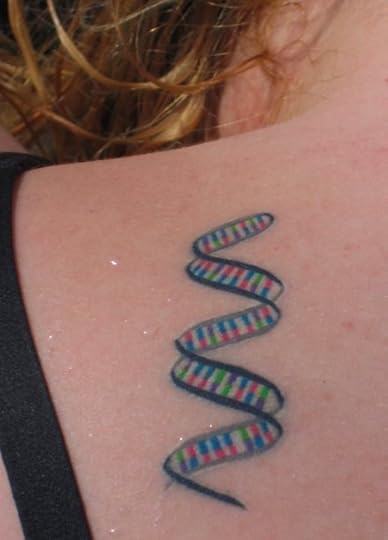 Jacylnn, a medical student, writes: “If you assign a certain color to each base, this double helix tattoo represents the first 45 nucleic acids from the first exon of p53. p53 is a transcription factor known as the “guardian of the genome.” It sends damaged cells into apoptosis and thus helps prevent cancer. I studied p53 and other targets of the SV40 tumor virus while working on a molecular biology degree at The University of Pittsburgh. I’m now a medical student at Nova Southeastern Univers
Jacylnn, a medical student, writes: “If you assign a certain color to each base, this double helix tattoo represents the first 45 nucleic acids from the first exon of p53. p53 is a transcription factor known as the “guardian of the genome.” It sends damaged cells into apoptosis and thus helps prevent cancer. I studied p53 and other targets of the SV40 tumor virus while working on a molecular biology degree at The University of Pittsburgh. I’m now a medical student at Nova Southeastern Univers



